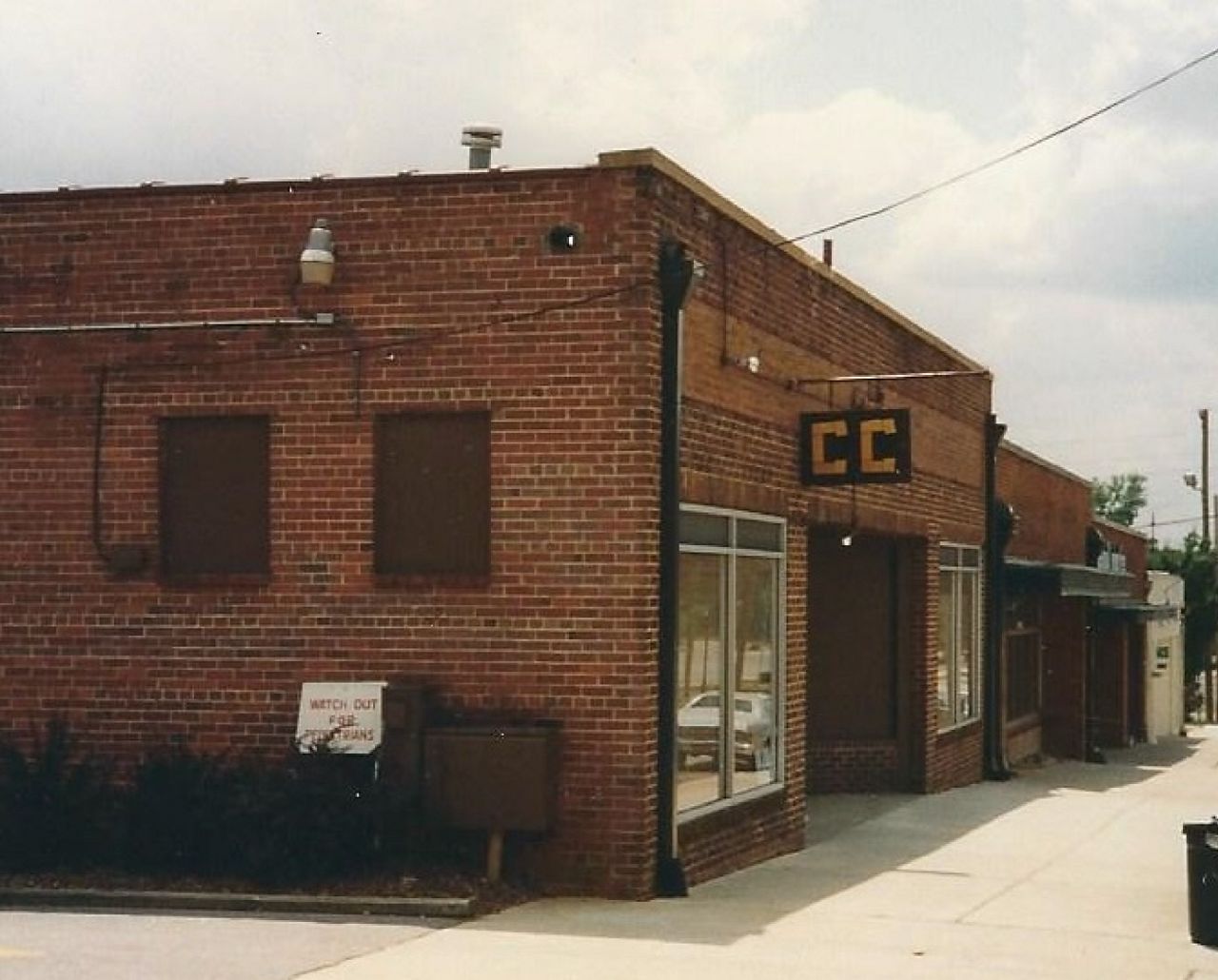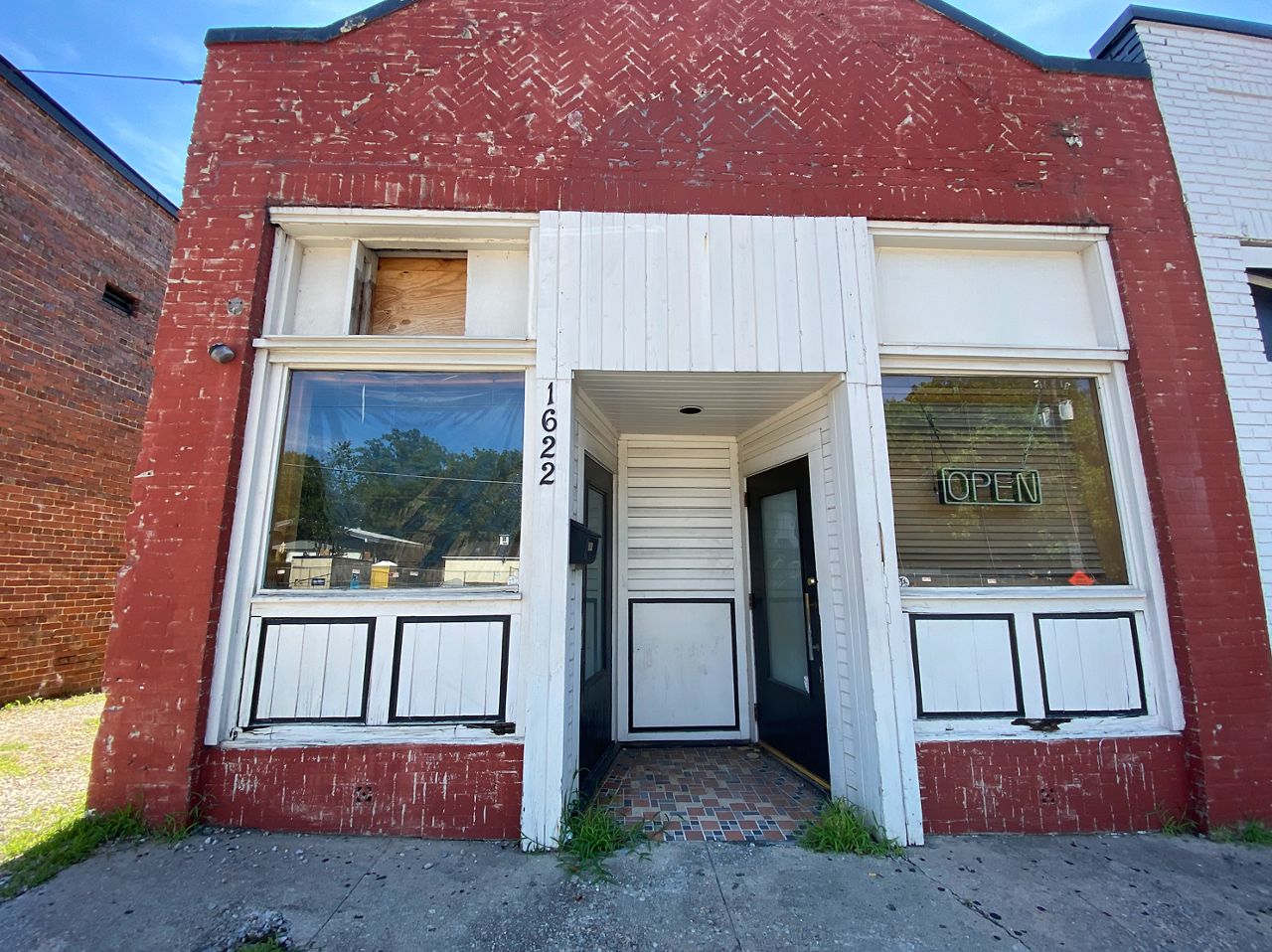RALEIGH, N.C. — Pride holds a longstanding history in Raleigh where all are welcome.
What is commonly referred to as the "Gayborhood" located in the Warehouse District, serves as an anchor to the LGBTQ+ community. The neighborhood flourishes with rainbow art and two LGBTQ bars within a square mile radius.
Raleigh's "Gayborhood" district serve as an anchor for the LGBTQ+ community
The community in the Warehouse District was established decades ago
To learn more about the LGBTQ+ community in Raleigh, visit the Mordecai Historic Park.
“What people refer to as the Raleigh Gayborhood is a few blocks between Dawson Street and Harrington Street downtown, I think probably the original block is the 330 block of West Hargett Street, and it all got started right here at 313,” Kent Parks, an LGBTQ historian said.
Parks grew up in Raleigh and frequented the Gayborhood.
“This is where I met my current husband 38 years ago,” Parks said, referencing the Capital Corral that once occupied 313 Hargett, which is now the Vita Vite Art and Wine Bar.
Capital Corral, known as the The CC, opened in the 1976 and became Raleigh’s first gay institution for men. Parks described it as a country Western bar before adding a disco nightclub in the late '70’s. When The CC first opened, it was members only that did not allow women without being accompanied by a male member.

“This bar was a legendary bar, and one of the only gay bars in town, this really sort of anchored the community, thousands and thousands of people will say this is the first gay bar they ever attended,” Parks said.
Unlike today, finding ways to connect with others in the LGBTQ community was difficult. The Front-Page Newspaper started by Jim Baxter issued its first publication in 1979, Parks still has an original copy. The Front Page catered to the LGBTQ community, advertising bars and businesses in town.
“Everybody always read that, it was how we found out about these places in town,” Parks said.
In addition, the White Rabbit Books & Things opened around the corner on West Martin Street in 1991. Baxter operated the newspaper out of the back of the store before its last published paper in 2006. The front of the store operated by John Neal, sold LGBTQ books, expanded to sell other things, including pride clothing and décor.
“When I came out in the '80’s, we had to be really careful about stuff, the belief was being gay was wrong, being gay was sick, being gay was illegal, all this stuff, and it took a lot of risk to even admit that to somebody, you might lose friends, you might lose your job, you might lose your apartment, luckily that happens much less now,” Parks said.

Less than two miles down the road from the Warehouse District, is the Five Points neighborhood that was home to another popular LGBTQ spot that dates back to the 1950’s.
The Mousetrap opened in the 70’s next to the Rialto Theater. Jessica Streck, who organizes the LGBTQ Trolley tours for the City of Raleigh, says the Mousetrap was known as a safe place for the lesbian, transgender and the drag community.
“You’ve got a couple of other locations that are noted for being very open and welcoming, but I think what that illustrates is that Raleigh in general has always kind of had an open attitude towards the queer community, not to say there hasn’t been adversity and certain restrictions or ordinances and fears of those ordinances like sting operations. It seems overall the queer community could find safe spaces all over the city,” Streck said.
To learn more about the LGBTQ+ community in Raleigh, visit the Mordecai Historic Park.






